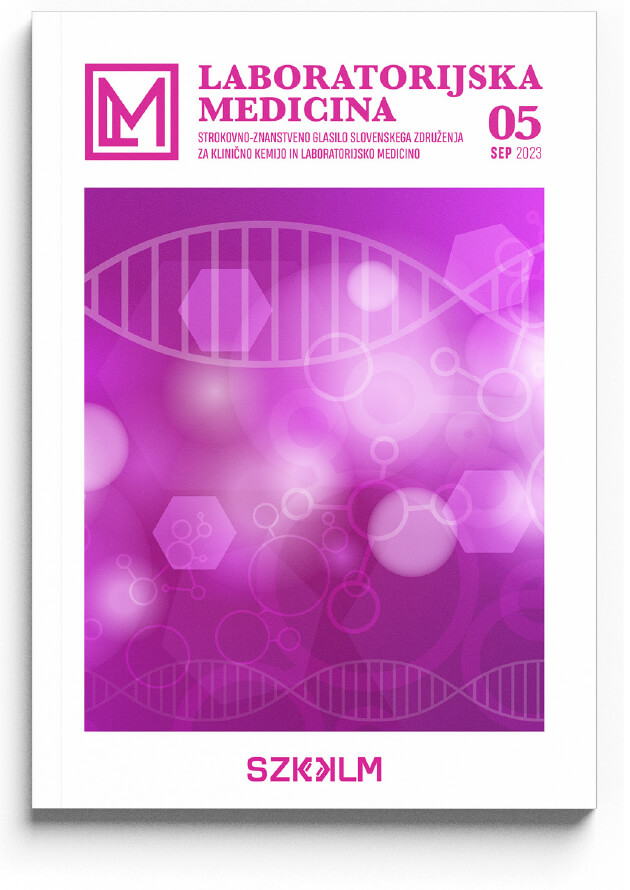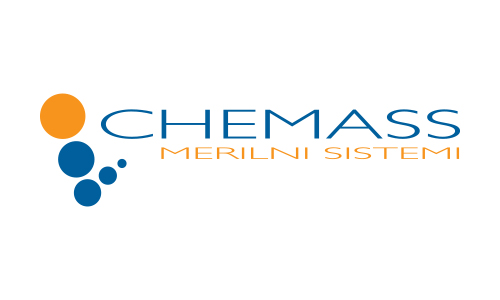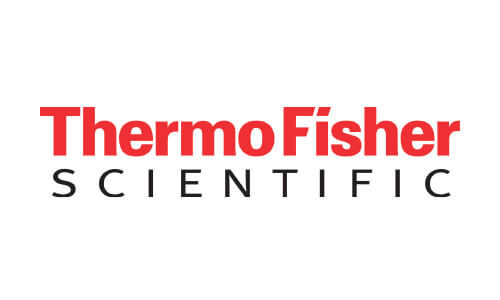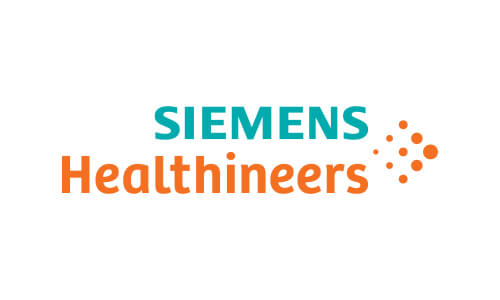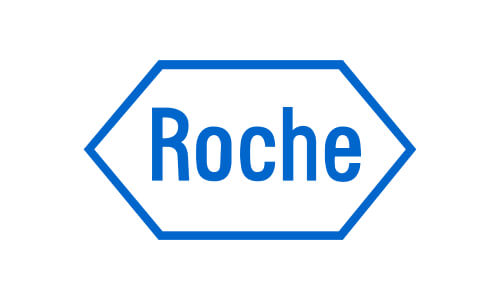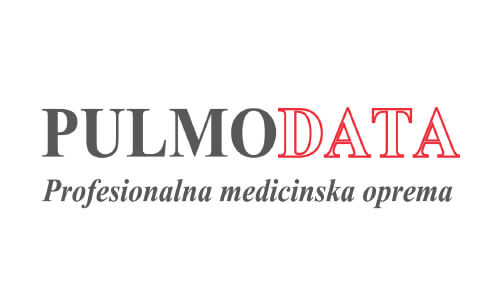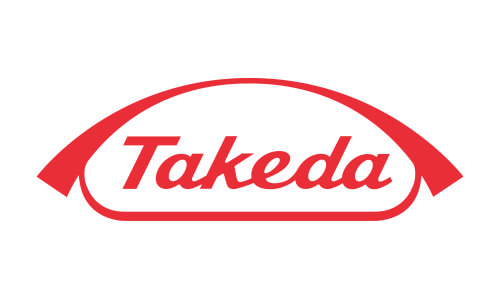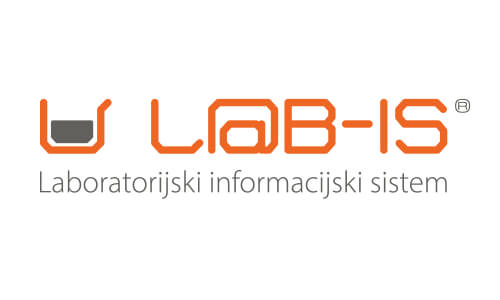INTRODUCTION
Accurate determination of the glomerular filtration rate (GFR) is of utmost importance for the diagnosis of kidney disease. In clinical practice, GFR is typically estimated (eGFR) from blood concentrations of endogenous markers (1). However, current eGFR computational approaches are still inaccurate, particularly if GFR falls below 60 mL/min/1.73 m2 (2). Measuring the clearance of exogenous GFR markers is considered the most accurate method fort evaluating kidney function, referred to as measured GFR (mGFR). mGFR determination is required when accurate knowledge of kidney function is essential, such as in oncology patients receiving chemotherapy or in kidney transplant candidates (3, 4). As standardized procedures are lacking, mGFR values obtained by an improperly implemented protocol may be biased. Criteria for reliable exogenous GFR markers are as follows: water-soluble, not bound to proteins, only excreted by the kidneys, 100% filtered through the glomerulus in subjects with normal kidney function, and neither secreted nor absorbed by kidney tubules. Several exogenous markers have been evaluated for this purpose, including inulin, 51Cr-ethylenediamine tetraacetic acid (51Cr-EDTA), 99mTc-diethylenetriamine pentaacetic acid (99mTc-DTPA), 125I-iothalamate, and non-isotopic “cold” markers (e.g., iothalamate and iohexol) (5, 6). A multimetabolite eGFR panel derived from a single blood draw may estimate GFR at least as accurately as mGFR, without the need for specifying demographic and clinical characteristics or performing laborious sampling procedures.
Conversely, the introduction of the standard reference material 967 for serum/plasma creatinine (7) has paved the way towards better eGFR estimations based on traditional markers, such as creatine. In recent years, much progress has been made on improving the accuracy of eGFR based on endogenous markers. This review paper provides an overview of the currently used endogenous and exogenous GFR markers in children and adults.
EXOGENOUS GFR MARKERS
Determining mGFR is considered the most accurate method for evaluating kidney function, and inulin clearance has long been considered the reference method for determining mGFR (8). However, measuring serum creatinine and inulin has limitations, and thus non-radioactive (iohexol and iothalamate) and radioactive exogenous mGFR markers are considered the most accurate markers for evaluating GFR (9, 10). Procedures for determining mGFR are generally technically complex and are associated with a degree of error. The off-label use of non-ionic contrast agents could lead to possible compensation claims by patients in the case of adverse events (11). Despite being an invasive procedure, GFR determination based on iohexol clearance is safe; the overall rate of adverse treatment-related events was reported to be 0.0066%, independent of disease conditions and GFR categories (12).
Limited 51Cr-EDTA availability, lacking certified reference materials for iohexol, and the fact that iohexol is an off-label IVD are major drawbacks that prevent widespread clinical use of exogenous markers. Lacking uniform protocols lead to varying results and question the merits of mGFR methods as a golden standard for evaluating kidney function (13).
REGULATIONS FOR IN VITRO DIAGNOSTICS
Both in the United States (US) and European Union (EU), the policies issued by regulatory agencies regarding laboratory-defined tests are becoming very strict. The US Food and Drug Administration applies a definition for diagnostic tools comparable to that of the European Medicine Agency (EMA), specifying what is essential for safe and effective use (14, 15). In the EU, the EMA formulated a new set of in vitro diagnostic regulations that have become effective as of May 26, 2022. Diagnostic laboratories are experiencing difficulties in providing the required evidence and qualifications for their reagents, as test procedures are getting stricter. In the future, the use of radiodiagnostics (e.g., iohexol and iothalamate) will only be permitted if the manufacturer can provide evidence that the reagent is compliant with the regulations and requirements of a diagnostic companion, not only for imaging applications but also for kidney function measurements. Therefore, it can be anticipated that the clinical use of exogenous GFR markers will be limited in the years to come.
A POTENTIAL SOLUTION: A MULTIPANEL SET OF MARKERS
Given the limitations of serum creatinine and exogenous biomarkers, and the global need for precise GFR estimations, an alternative approach is to combine endogenous filtration markers in a panel from a single blood draw, downplaying the contribution of non-GFR determinants of each endogenous biomarker (due to the large number of biomarkers) and reducing the error in GFR estimation (16, 17). Potential non-GFR determinants of endogenous filtration markers are the rates of their production by metabolic processes, tubular secretion and reabsorption, and extrarenal elimination (17). Short-term fluctuations in the true GFR affect serum concentrations of filtration markers more slowly than clearance values, and measuring serum concentrations is easier than determining clearance. The ideal multipanel set of biomarkers should estimate GFR at least as accurately as mGFR, without the need for specifying demographic or clinical characteristics.
In the aftermath of the George Floyd case (25 May, 2020), in particular in the US, there is a growing tendency for GFR estimations to avoid specifying race (18, 19), age, and sex due to variability across different conditions, such as illness, diet, and geography. Standardizing GFR for body surface area may also not be optimal because of variable body compositions (20).
Data integration with large-scale datasets, including DNA and RNA sequence data, metabolomics data, and proteomics data from individuals and patients along the genotype–phenotype continuum of chronic kidney disease (CKD), might be helpful to develop a multimetabolite panel for GFR determination (21). Metabolomics has revolutionary potential in the field of GFR estimation with a rapid screening of metabolites that are primarily cleared by glomerular filtration and could serve as alternative filtration markers if a strong correlation with mGFR could be demonstrated. Another major advantage of this technique might be the development of robust targeted mass spectrometry assays that are both accurate and easily included in multiplex panels (20). Recently, the potential utility of proteomics for predicting CKD incidence and prognosis has been demonstrated (22, 23). Computational approaches such as machine learning enable combining high-dimensional datasets in which the number of variables exceeds the number of clinical outcome observations (21).
Although the optimal composition of multimetabolite eGFR panels is still to be determined, low-molecular-weight serum proteins and metabolic waste products have been identified as candidate filtration markers (24).
GFR DETERMINATION IN CHILDREN
In children, the estimation of GFR is slightly complicated due to the analytical interference present in the widely used Jaffe reaction in creatinine assays (25). The classical Schwartz formula (which has been in use since 1976) (26) for estimating GFR has been the standard for many years. However, the introduction of the standard reference material (SRM) 967 for serum/plasma creatinine assays has necessitated adaptations of the coefficients for calculating GFR (k × height/serum creatinine). Therefore, Schwartz et al. have proposed an adapted equation to estimate GFR in children with CKD, using serum creatinine values (27). The coefficient of the revised Schwartz equation (0.413) is only valid in combination with enzymatic creatinine assays, which are recommended by the International Federation of Clinical Chemistry and Laboratory Medicine (28). As the major analytical interference in Jaffe-based creatinine methods (alkaline picrate reaction) is the total serum protein concentration, Speeckaert et al. have proposed a compensation based on total protein values that enables Schwartz equations to be used in combination with Jaffe-based creatinine assays (29).
CYSTATIN C, AN INTERESTING ALTERNATIVE OR SUPPLEMENT
The availability of an international standard ERM-DA471/IFCC (30) and the independency from muscle mass have fostered the use of plasma/serum cystatin C as a biomarker for assessing GFR (31, 32, 33). Cystatin-C-based formulas have been developed, and cystatin-C-based GFR estimation is even possible in neonates (34).
In problem cases or in cases where accurate GFR estimation is required (e.g., when nephrotoxic drugs are administered), it might be wise to supplement creatinine-based GFR estimations with a second renal function marker (e.g., cystatin C) or a conventional creatine clearance measurement. Despite its widespread use, the best creatinine-based GFR-estimating equation for use in diverse populations (the Chronic Kidney Disease Epidemiology Consortium (CKD-EPI) 2009 creatinine equation) (35) has its limitations. Creatinine standardization efforts are being made; however, mGFR estimates are still imprecise and must be improved. This imprecision is explained by variations in muscle mass and diet that are not adequately modeled by correcting for sex, age, and ethnicity in the equation.
The intra-subject biological variation for MDRD and CKD-EPIcreatinine (cr) + cystatinC (cys) eGFR are each significantly lower than that of mGFR (6.7% [5.6–8.2]) (36). For non-white and non-Afro-American populations, current creatinine-based equations result in lower accuracy. Therefore, serum cystatin-C-based equations have been proposed because they are less influenced by muscle mass than serum creatinine. However, it should be noted that cystatin C values are affected by adiposity, inflammation, and smoking. Furthermore, cystatin C is upregulated by certain malignant tumors and is also affected by corticosteroids and thyroid hormones. CKD-EPI 2012 cystatin C and creatinine-cystatin C equations have been developed (37). eGFRcys and eGFRcr have comparable accuracy, whereas eGFRcr-cys has a significantly higher accuracy than either single-marker equation. Cystatin-C-based GFR equations perform as well as, but not better than, CKD-EPI 2012 equations. The CKD-EPI 2012 eGFRcr-cys equation appears to be more accurate than both the CKD-EPI 2009 eGFRcr and CKD-EPI 2012 eGFRcys equations. The combined equation is not independent of eGFRcr and requires specification of ethnicity. The CKD-EPI 2012 eGFRcys equation can be used without specification of ethnicity. Recently, the EFLM has recommended not to implement the race-free (CKD-EPI) equation in European laboratories and to keep the 2009 version of the CKD-EPI equation, without applying a race correction factor (38).
CONCLUSION
GFR measuring methods are characterized by serious drawbacks. Therefore, more practical and affordable GFR estimates are to be preferred for most clinical applications in children and adults. The CKD-EPI 2009 equations largely fulfill clinical needs for most patients, and combined (creatinine–cystatin-C-based) eGFR equations provide superior accuracy.


